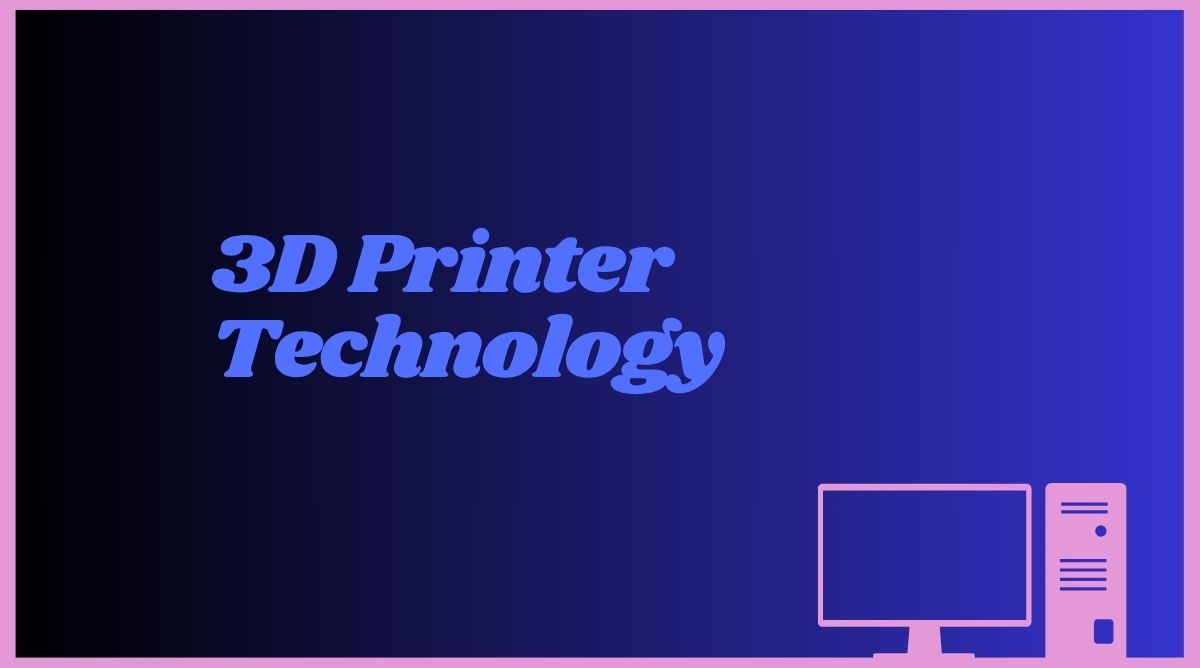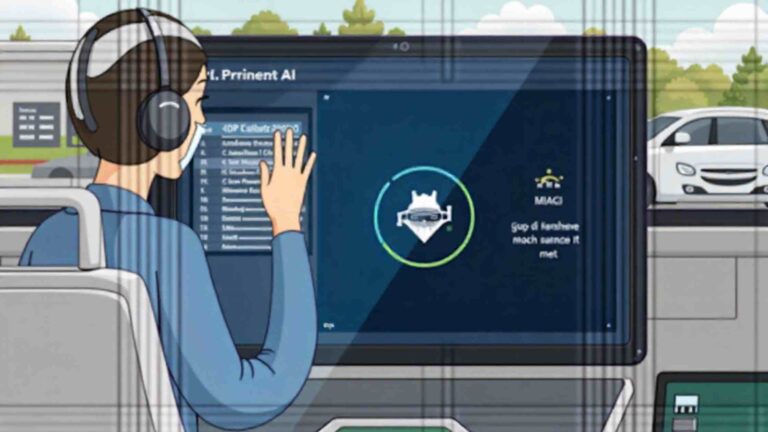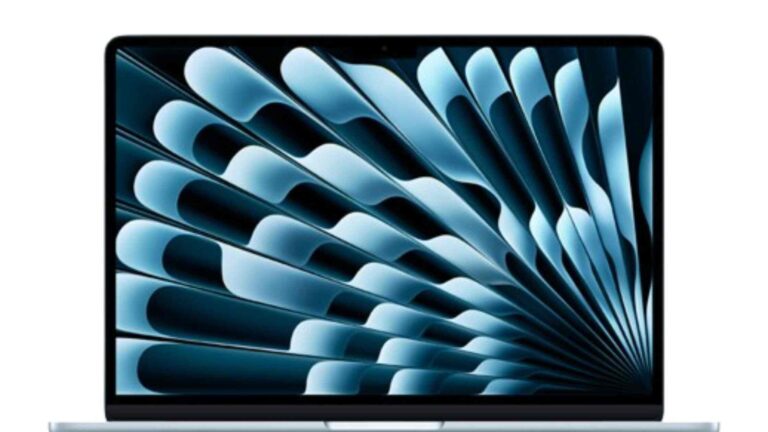
A 3D printer allows people to print realistic objects based on the digital design and a variety of filaments. As more people gain access to 3D printer files, and also to superior options such as Bambu 3D printers, the technology is transforming both design and manufacturing.
The 3D printer is one such device that has changed over the past ten years, not just giving creators, engineers, hobbyists, and teachers the ability to design and make real things with unbelievable precision, but is now a staple in even the modern household. Be it quick prototyping, creative output, or functioning components, 3-D printing is still a revolutionizing factor in the way people are approaching manufacturing and product development.
It is now possible to produce faster, accurate and cheap 3 D printers than before. They provide an end-to-end creative solution that is very buildable with an expanding ecosystem of hardware, software, and materials. With the continued advances in technology, learning how to get the most out of a 3 D printer like how to select the ideal one, edit files in a 3D printer, and make the right selection of a 3 D printer filament are some of the areas of concern in exploiting the full potential of this world changing tool.
Why is a 3D Printer so Multifunctional?
A 3D printer operates by adding a layer to a digitally represented object at a time. This novel technique is known as additive manufacturing and can be compared with the subtractive techniques through which material is cut off of a larger piece. Due to this, it allows the printers of the three-dimensional world to produce complicated interior products, curved shapes, and even complicated designs that would normally be hard or impossible when using traditional methods.
One of the main reasons 3D printing has gone mainstream is the increasing availability of 3 D printer files. These files, often in STL or OBJ format, define the shape of the object to be printed. They can be created using CAD software or downloaded from online repositories. Websites like Thingiverse, Printables, and GrabCAD offer millions of free files, ranging from mechanical components to home decor, cosplay props, and even medical aids. This accessibility means that anyone with a 3 D printer can produce professional-looking items, regardless of their design background.
Equally important is choosing the right type of 3D printer filament. The most common filaments such as PLA, ABS, and PETG each have unique properties that affect strength, flexibility, and print temperature. PLA is biodegradable and easy to use, making it ideal for beginners. ABS is stronger and more heat-resistant, but can be tricky due to warping. PETG offers a balance between strength and ease of use. There are also specialty filaments like wood, carbon fiber, and TPU for more advanced applications.
Choosing the Best 3D Printer for Your Needs
There is a great assortment of machines out there to choose the optimal one, but this option depends on the purposes, the price, and the experience you are currently having. The entry-level printers are cheap and relatively easy to install which suits best to the hobbyist and the student. They come with reduced build volumes and features and are ideal in learning basics.
Mid-range 3 D printers provide an improved resolution, higher rates of consistency, and compatibility. It has a high value to professionals or makers who are in need of reliability and speed. On the more expensive side are manufacturing-grade printers that are used in production, prototyping and manufacturing grade components. These ones have even bigger build volumes, superior sensors and speed of printing, though they are more expensive.
Among the brands that are gaining a lot of attention in this field stands the series of Bambu 3D printer. The Bambu Lab printers possess an excellent print speed, automation, and design, which makes them one of the most favored printers among amateurs and professionals. Included in models such as Bambu Lab X1 and P1P are multi-color printing, the AI-driven quality monitoring of the print, with the high printing speed comparable to that of much more expensive models.
When thinking about investing in a 3 D printer, comparing the models using such parameters as the volume of the build, printing speed, and the size of the nozzle, or compatibility with various types of filament used in 3 D printers will be a good idea. Customer service, community input, and updates to the firmware also matter, and they can directly determine your long-term experience with the machine.
Expanding the Possibilities of 3D Printing
More than the fundamentals, the 3 D printer is letting in novelty in other areas such as medicine, architecture, automotive, and aerospace. The time interval between a product idea and the actual production can be minimized with the use of 3D printers by the engineers. In education, 3D printing is being introduced in schools and colleges through STEM programming to educate the students on how to think as designers and how to manufacture in a digital age.
The idea of the open-source movement with regards to 3 D printer files allows the designers to easily share and cooperate with projects in various parts of the world. It has made progress faster and increased what can be done even on limited resources, an ecosystem of shared knowledge.
The industry is also turning into the direction of environmental impact. Other manufacturers are making biodegradable filaments or encouraging the recycling of filaments in order to limit the plastic waste. The suppliers have stated that sustainable practices and material will assume a bigger role once the technology to be more at its maturity.
Conclusion
The 3 D printer is more than a machine—it’s a gateway to creativity, problem-solving, and innovation. With the right combination of 3D printer files, filament, and hardware, users can produce everything from toys and tools to functional prototypes and artistic masterpieces. Whether you’re just starting or upgrading to the latest Bambu 3D printer, the possibilities continue to expand. As accessibility and performance improve, it’s clear that 3D printing is not just a trend—it’s the future of making.
FAQs
1. What are 3D printer files?
3 D printer files are digital models (usually STL or OBJ format) that instruct a printer on how to build an object layer by layer.
2. What is the best 3 D printer for beginners?
The best 3 D printer for beginners typically features easy setup, PLA compatibility, and strong community support. Popular models include the Ender 3 and Bambu P1P.
3. What type of 3D printer filament should I use?
Common 3 D printer filament types include PLA (easy to print), ABS (durable), and PETG (strong and flexible). Your choice depends on your project’s requirements and printer compatibility.
Related – WebcamXP 5: A Powerful Tool for Video Monitoring and Streaming





